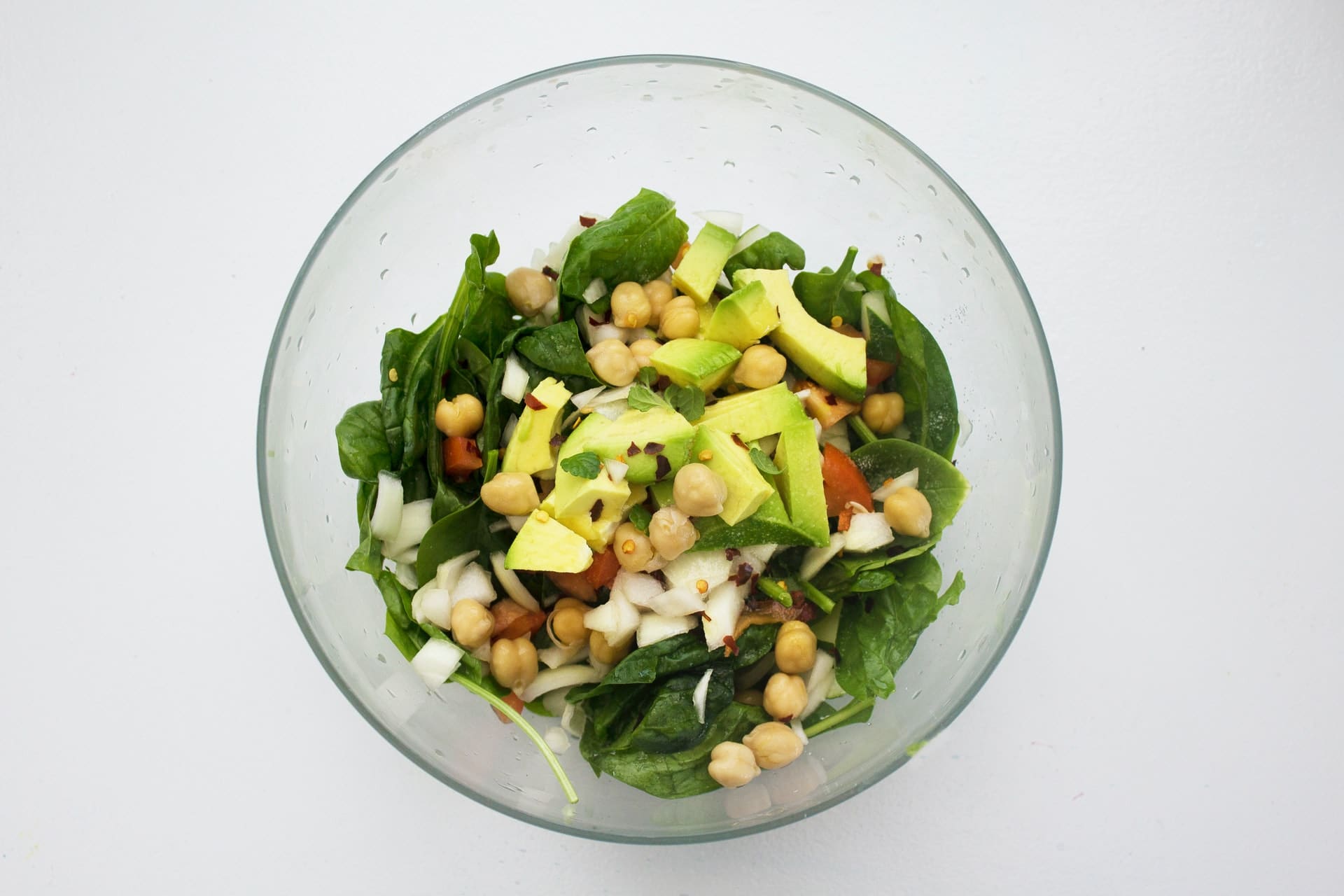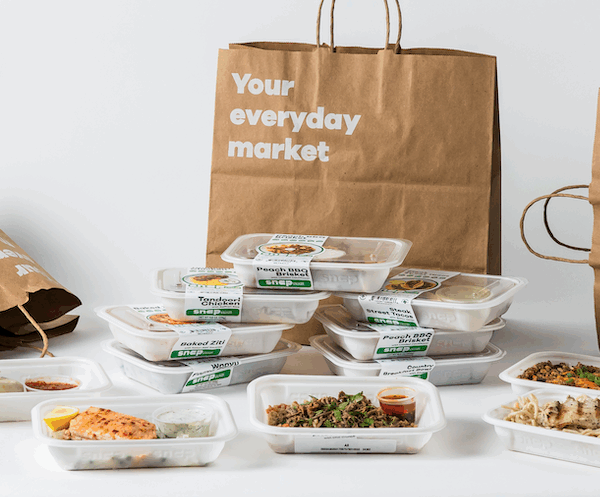I consider fiber to be the most underrated nutrient of all in the field of nutrition. We all focus on getting enough healthy fats, lean protein, and complex carbohydrates, but let’s now put fiber front and center stage in our health and wellness journeys.
Let’s quickly go over some of the basics of what fiber is and why it is beneficial for our overall health. First off, fiber is a special type of carbohydrate that is typically the edible part of a plant. These are parts like the stems, seeds, skins, and the supporting structures of the leaves. It’s also found in things like grains and legumes. What makes fiber so unique from other carbohydrates is that our bodies do not digest it. It passes through our digestive systems as roughage.
Two Types of Fiber: Soluble and Insoluble
Soluble fiber attracts water and forms a gel-like substance once in the body, which can help slow down digestion and increase the volume of food, creating a feeling of satiety. Soluble fiber is what helps lower cholesterol and lower blood glucose levels.
Insoluble fibers do not dissolve in water and passes through the gastrointestinal tract relatively intact, which can help speed up the digestive process. This type of fiber promotes regularity and helps prevent constipation.
Both soluble and insoluble fibers are beneficial to our gut health as well as our overall health because they can do the following:
- Relieve constipation and promote normal bowel movements
- Increase the feeling of fullness
- Lower cholesterol
- May help prevent heart disease and diabetes
Good sources of fiber include many different fruits and vegetables, like blueberries, pears, raspberries, cauliflower, carrots, Brussel sprouts, sweet potato, and squash. Fiber is also found in legumes, beans, and certain cereals like garbanzo beans, lentils, buckwheat, brown rice, and barley. In general, when we focus on eating a whole foods-based diet and remove processed foods, we end up naturally consuming foods that are higher in fiber.
How much Fiber does the average adult need?
Most American diets are severely lacking in dietary fiber. According to the American Heart Association, dietary fiber intake among adults in the United States averages around 15 grams a day, but the recommendation is typically 25-30 grams a day. Yikes – that’s about half the recommended amount! Here are some tips below to change our mantra from “Constipation Nation” to “Regular and Ready.”
Quick tips to increase your daily fiber intake
- Slowly increase your fiber intake over time
When you first begin to increase the amount of fiber you’re eating, start off slowly and gradually increase over the course of a few weeks. If you add fiber too quickly, you may cause adverse effects like gas, bloating, and constipation. Slow and steady wins the race!
- Drink plenty of water
Adequate water intake is the foundation of maintaining a healthy diet, body, and mind – and it’s especially important when you start to increase your fiber intake. This will help move the fiber along through the intestinal tract and will help prevent constipation.
- Add 1-2 fiber-rich snacks or additional food items to your regular diet.
I believe successful healthy habits happen with small gradual changes. So instead of thinking you need to change every aspect of your diet, focus on adding a few new items to your daily routine to see how your body tolerates it. This can be as simple as adding garbanzo beans to a salad, lentils to your burger or meatball mix, or topping your yogurt, cereal, or oatmeal with fruits and nuts. Even something like swapping your regular snack with air-popped popcorn is a great way to start amping up your fiber intake.
If you are looking for meals that bring the fiber, check out Snap Kitchen’s Bison Quinoa Bowl and our Turkey Chili with Beans!





Leave a Reply
No Comments